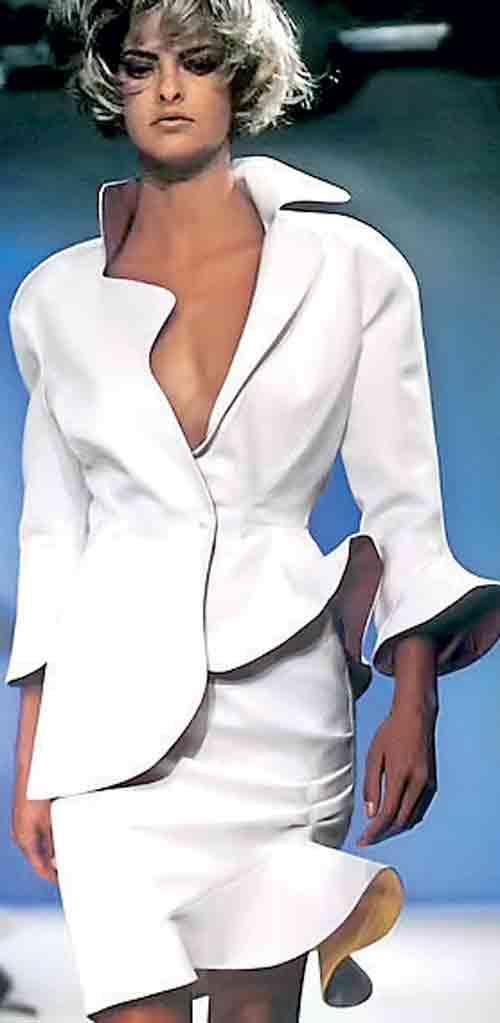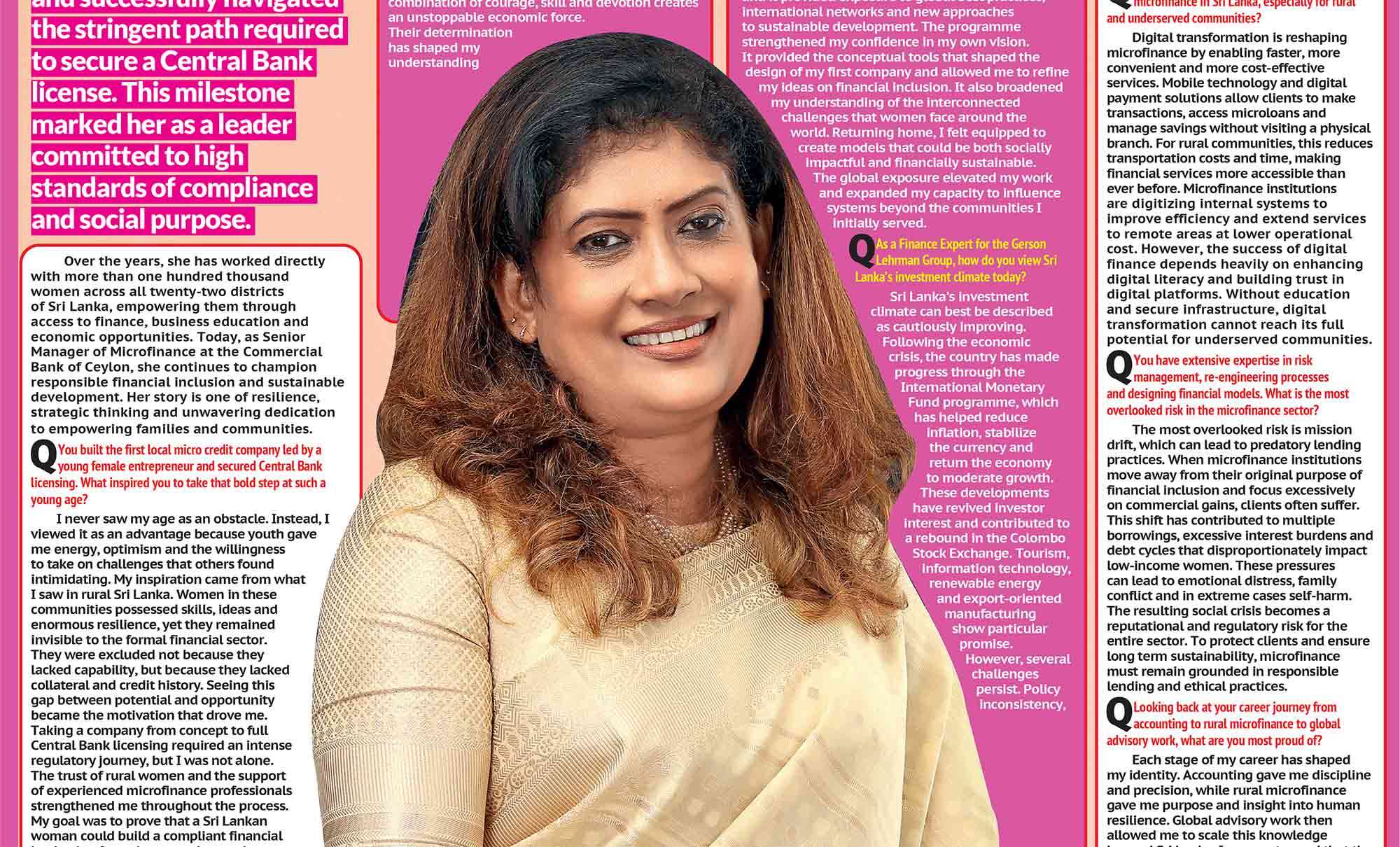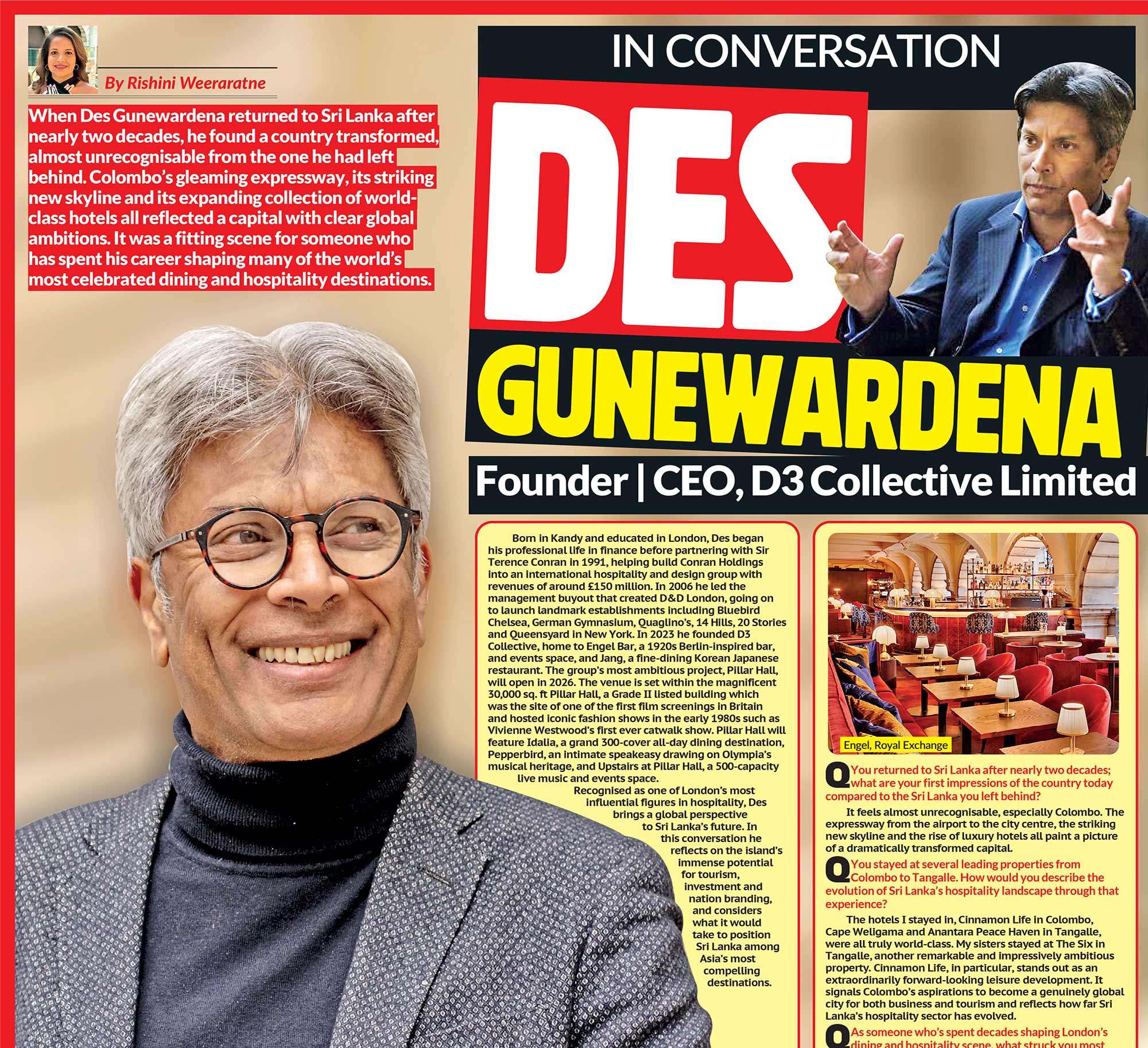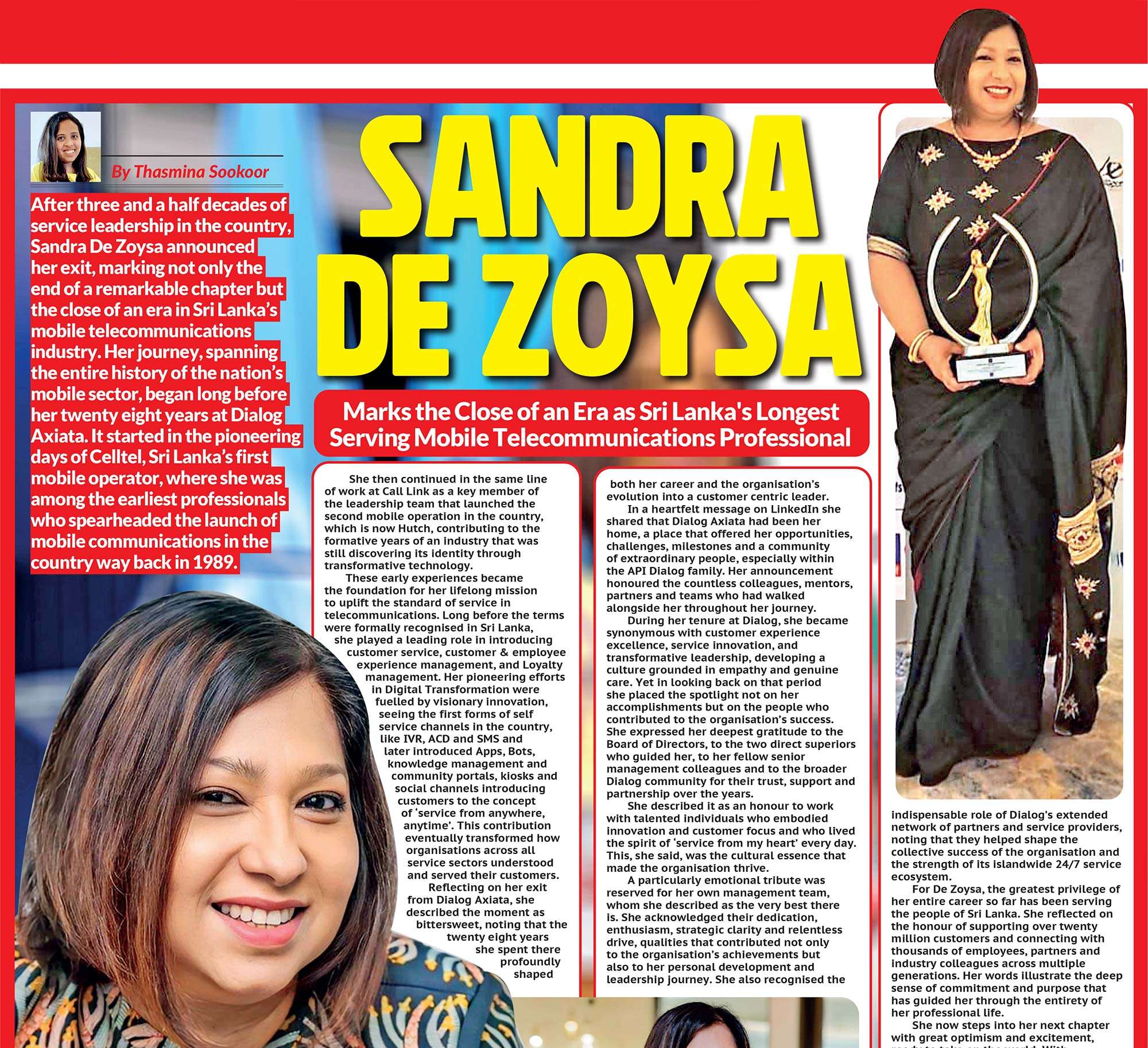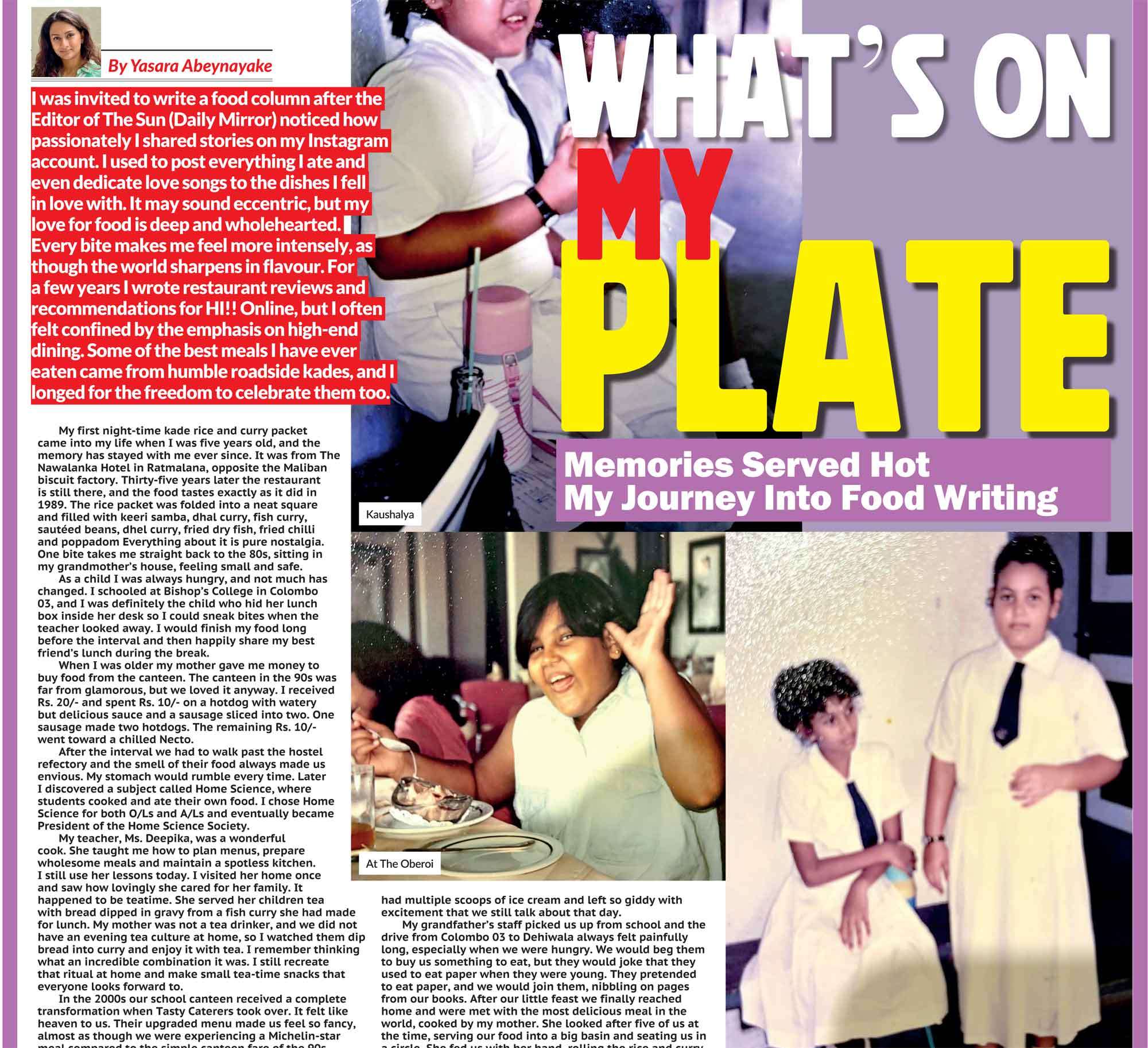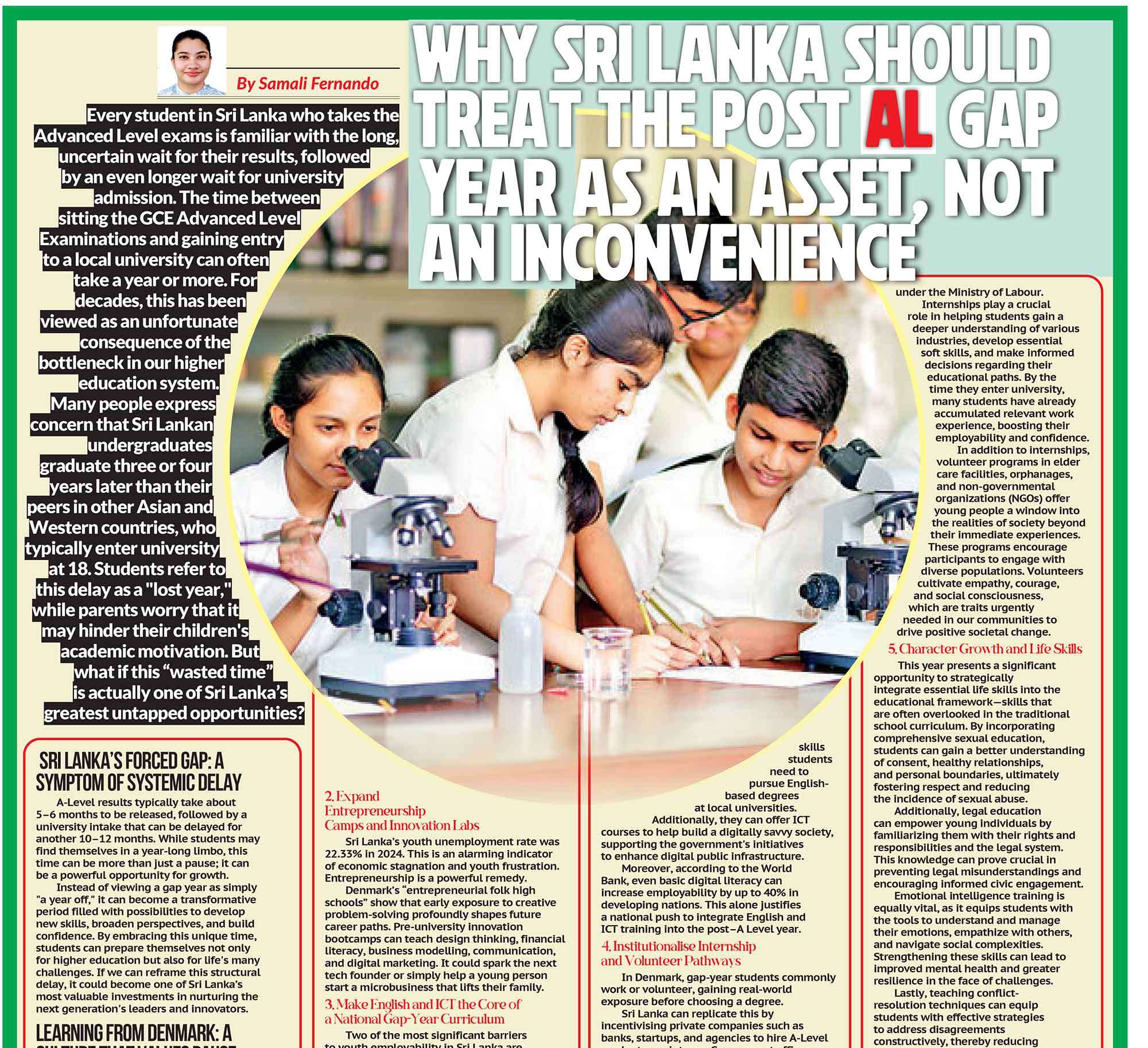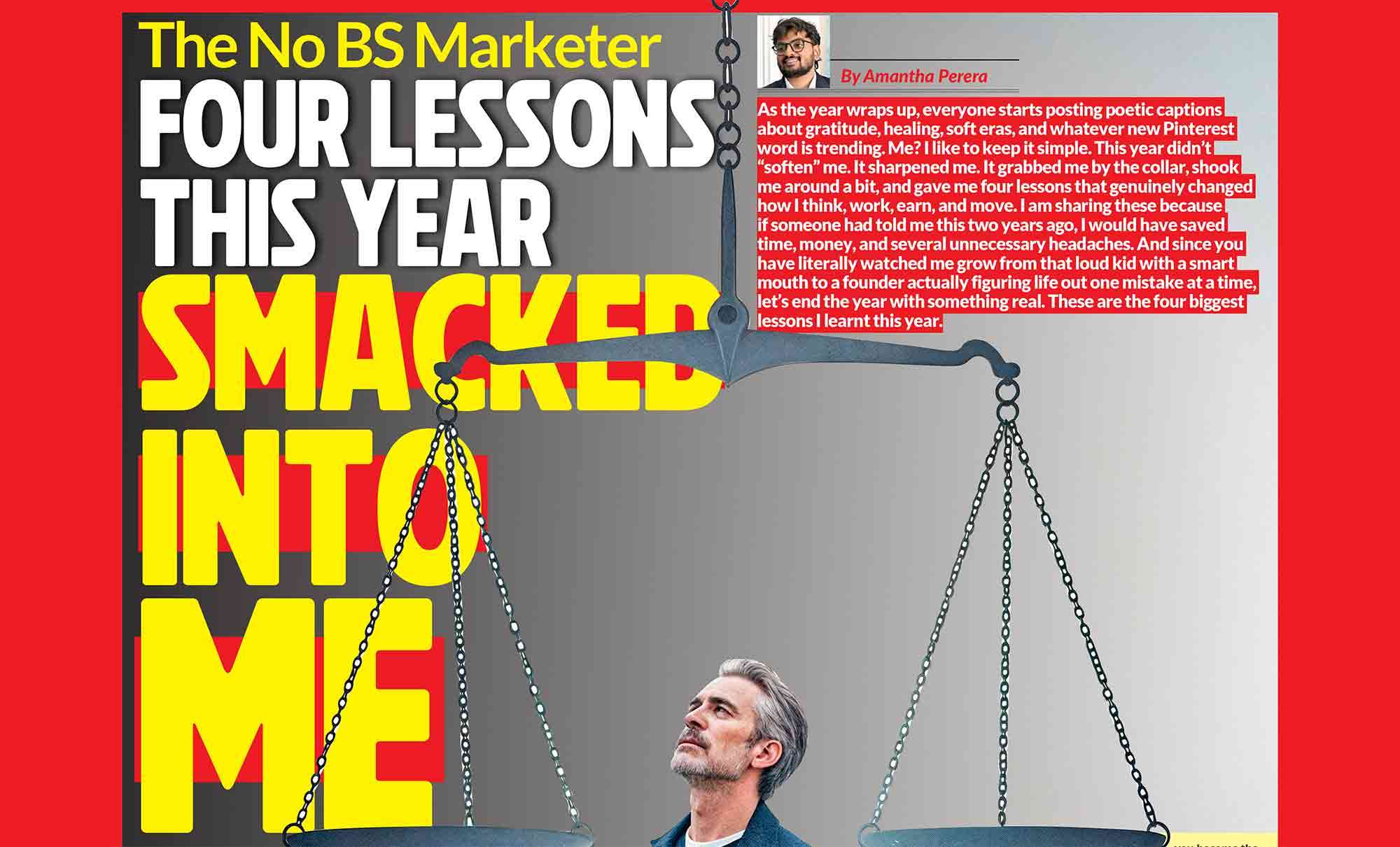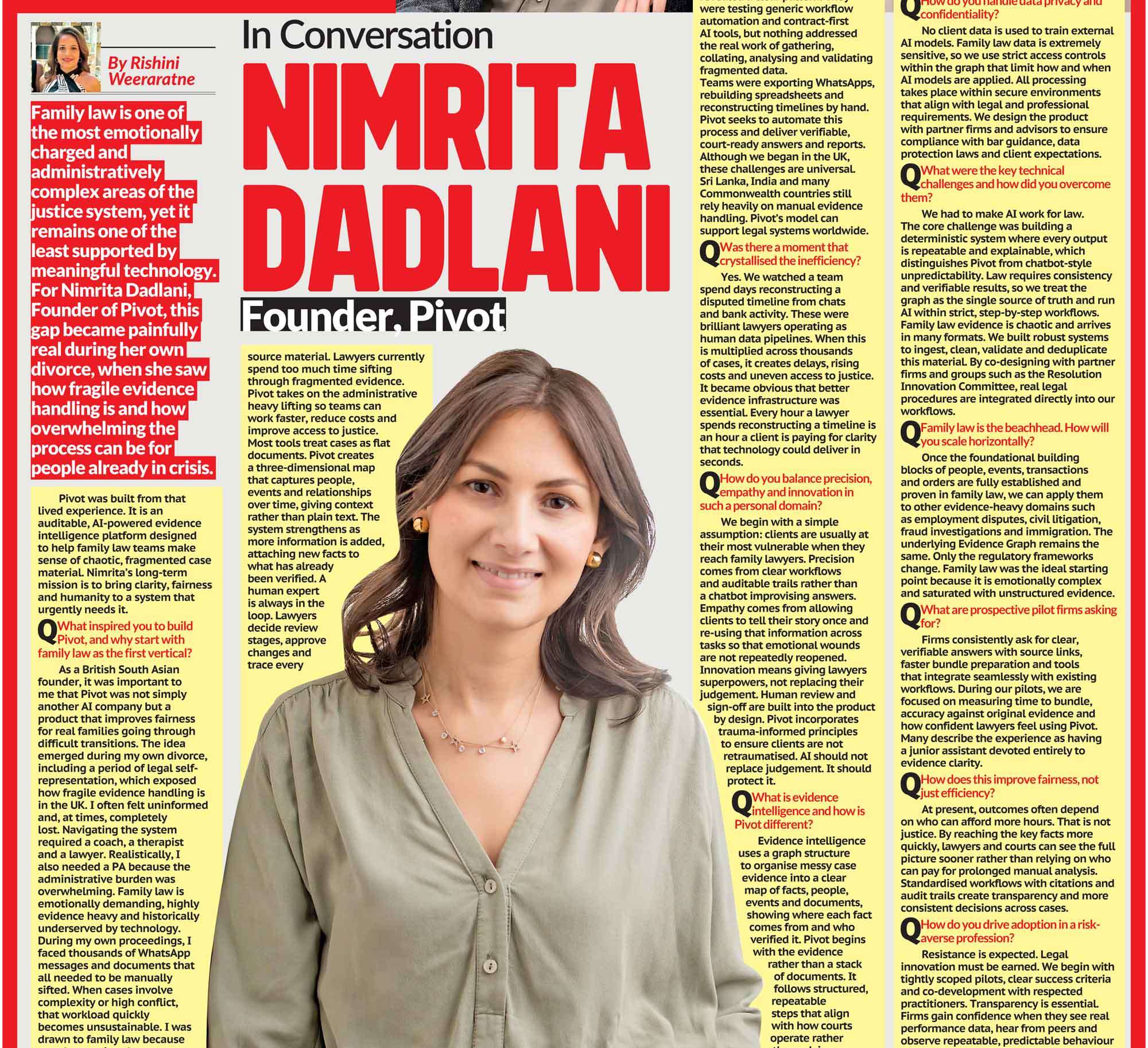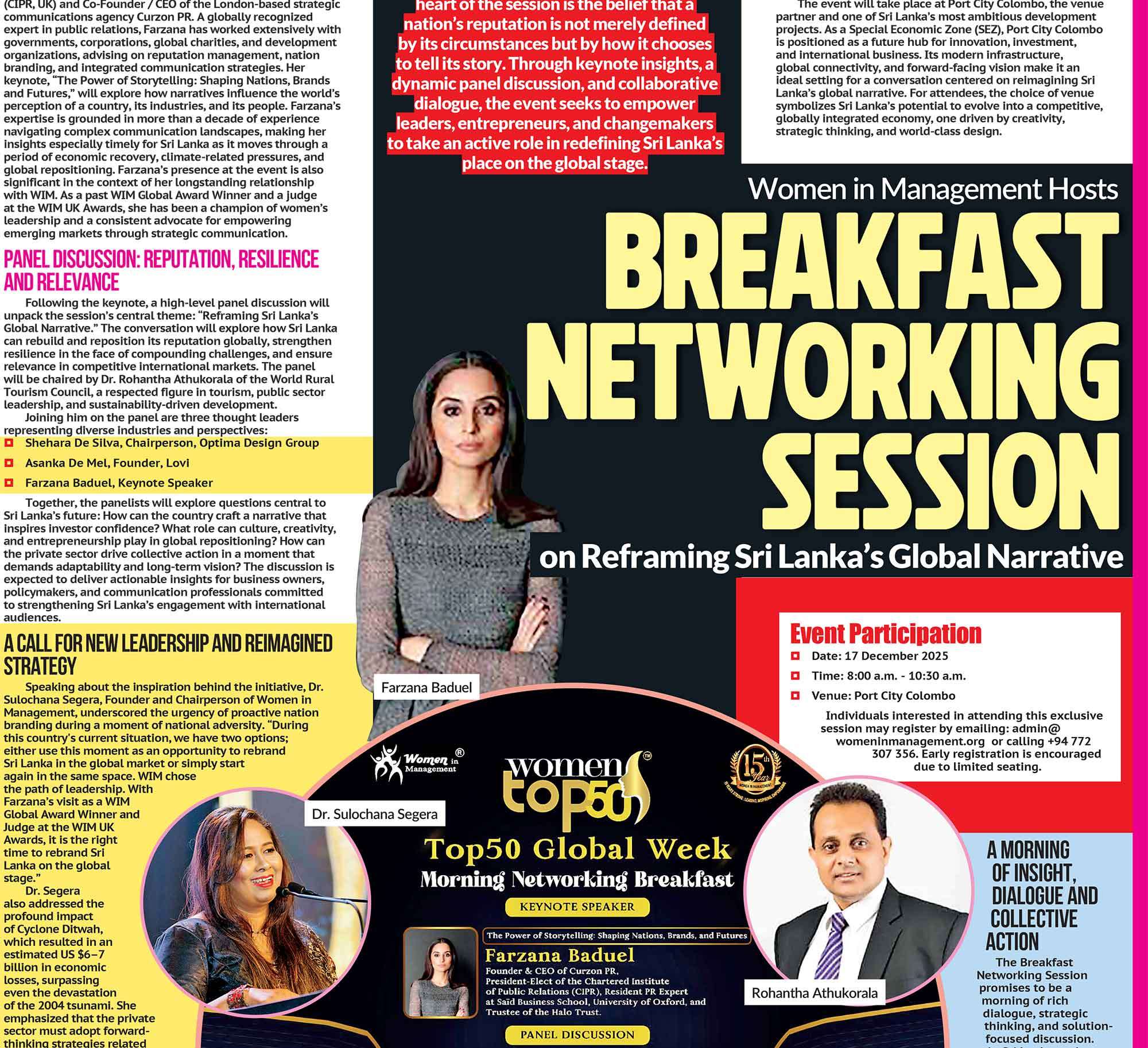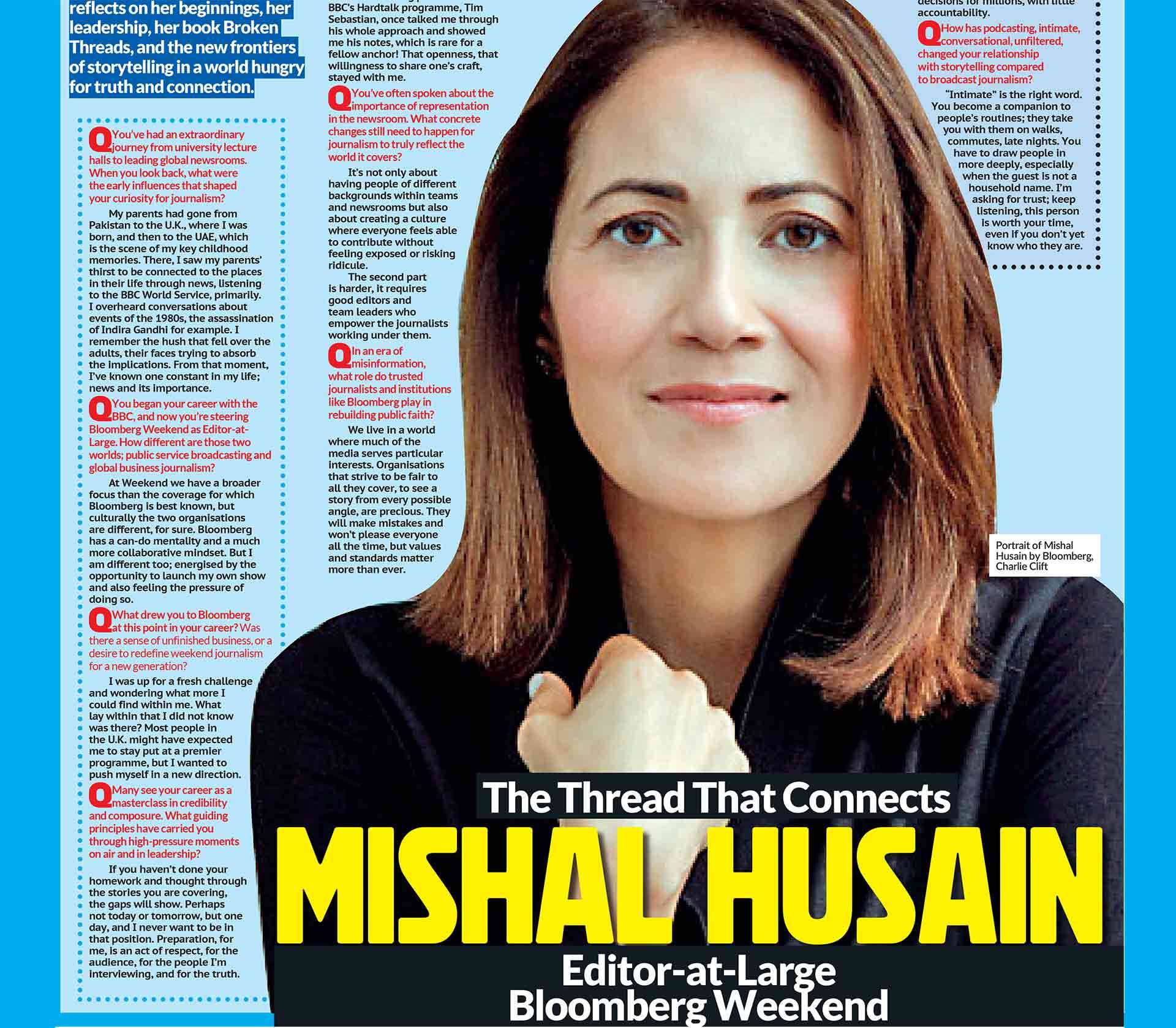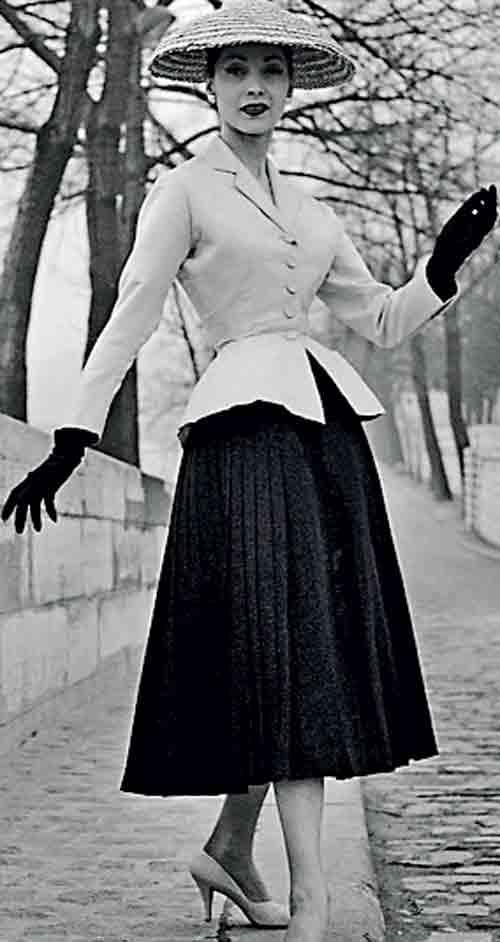

Couture is often seen as untouchable, fantasy gowns parading down Paris runways, the realm of the elite. Yet look closely at your own wardrobe and you’ll find couture everywhere. The silhouettes, techniques, and details once painstakingly crafted in ateliers have trickled into the everyday. Reshaped, simplified, but undeniably present.
This isn’t new. Fashion history is filled with examples of couture birthing the everyday. Christian Dior’s 1947 “New Look”- the nipped-in waist, the full skirt. This didn’t just reset post-war glamour, it redefined how women dressed across the world. Balenciaga’s cocoon coats and sculptural tailoring still echo in every oversized blazer and structured coat today. Chanel’s soft tweed jackets, once the epitome of Parisian exclusivity, are now reinterpreted each season by the high street. Couture, though cloaked in fantasy, has always laid the blueprint for reality.
Perhaps the best cultural explanation of this trickle-down effect came not from a fashion theorist, but from Meryl Streep’s Miranda Priestly in The Devil Wears Prada. Dismissing the idea that a “blue sweater” was just a random choice, she reminded us:
“It’s not just blue, it’s not turquoise, it’s not lapis, it’s actually cerulean. And you’re also blithely unaware of the fact that in 2002, Oscar de la Renta did a collection of cerulean gowns. And then Yves Saint Laurent showed cerulean military jackets. And then cerulean quickly showed up in the collections of eight different designers… That blue trickled down through the department stores and then filtered down into some tragic Casual Corner where you, no doubt, fished it out of some clearance bin. However, that blue represents millions of dollars and countless jobs. And so, it’s sort of comical how you think you’ve made a choice that exempts you from the fashion industry… when in fact, you’re wearing the sweater that was selected for you by the people in this room… from a pile of stuff.”
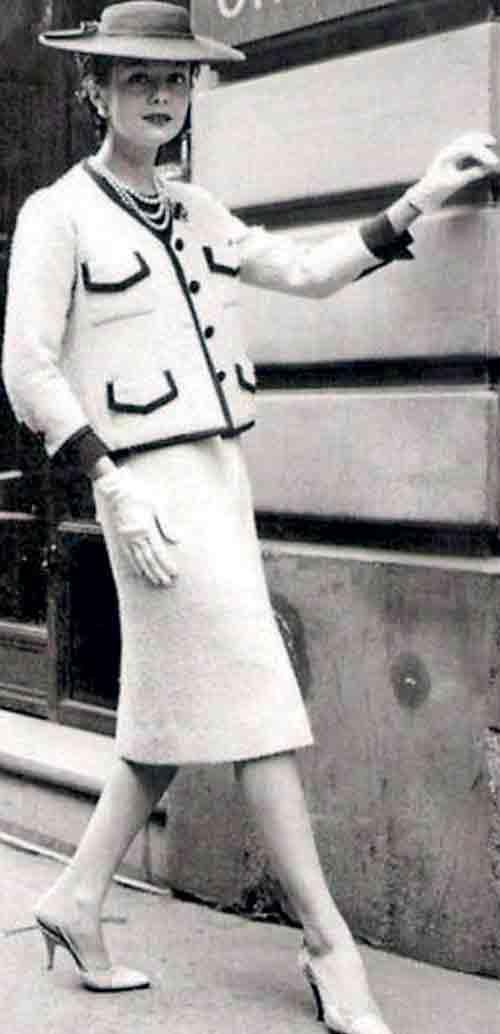
That monologue, while sharp and theatrical, is also the truth: couture is the source code of fashion. The gowns may never touch the pavement, but their DNA does.
Today, we see couture’s imprint not just in silhouettes but in the craving for detail. Hand-embroidery inspires machine-stitched embellishments on ready-to-wear. Couture’s fearless volumes and experimental draping show up in Zara blouses or ASOS dresses, translated for the everyday. Even streetwear borrows: think of Off-White’s deconstructed tailoring or Balmain’s structured shoulders, both rooted in couture tradition.
More than design, couture also feeds into mood. The drama of Schiaparelli’s gilded faces and sculptural bodices has unleashed a hunger for jewellery-as-armour. Valentino’s cascades of colour and volume sparked the rise of the “big dress energy” that now populates Instagram feeds. Couture is not just about what we wear, it’s about what we desire, and those desires inevitably seep into our daily choices.
In the end, couture and everyday fashion are not opposites, they’re collaborators. Couture dares us to dream, and ready-to-wear translates that dream into something we can button up on a Tuesday morning. Every hemline, every trend, every colour palette is an echo of something that once swept across a Paris runway.
So the next time you slip into a puff sleeve blouse or sling a chain-strap bag over your shoulder, remember: you’re wearing a fragment of couture fantasy. Fashion is not just about what’s in your closet, it’s a conversation between the extraordinary and the everyday.

Couture to Closet: A Timeline of Influence
1947 - Dior’s “New Look”
Christian Dior revolutionises post-war fashion with cinched waists and voluminous skirts. What begins as couture fantasy becomes the silhouette of the decade, echoed in circle skirts and nipped-waist dresses on the high street.
1954 - Chanel’s Tweed Jacket
Coco Chanel redefines elegance with her soft, collarless tweed suit jacket. Once a couture-only staple, now reborn endlessly in ready-to-wear, from Zara to Saint Laurent.
1966 -Yves Saint Laurent’s Le Smoking
The tuxedo suit for women shocks Paris and rewrites gender norms. Decades later, tailoring is a universal wardrobe essential, every blazer traces its lineage back to this couture moment.
1980s - Thierry Mugler’s Power Shoulders
Sculptural, exaggerated jackets dominate couture, shaping the decade’s obsession with strong silhouettes. Today’s oversized blazers and padded shoulders are their more wearable heirs.
1990s - Galliano and McQueen’s Fantasy Couture
Bias-cut gowns, deconstructed tailoring, and dark romance bring narrative drama to couture. Slip dresses, asymmetric cuts, and raw-edge finishes filter into the mainstream, forever altering everyday eveningwear.
2020s - Schiaparelli’s Surreal Revival
Daniel Roseberry reawakens couture surrealism: gold body moulds, sculptural jewellery, celestial motifs. Its influence cascades into ready-to-wear and street style, where bold embellishments and body jewellery now feel everyday.
